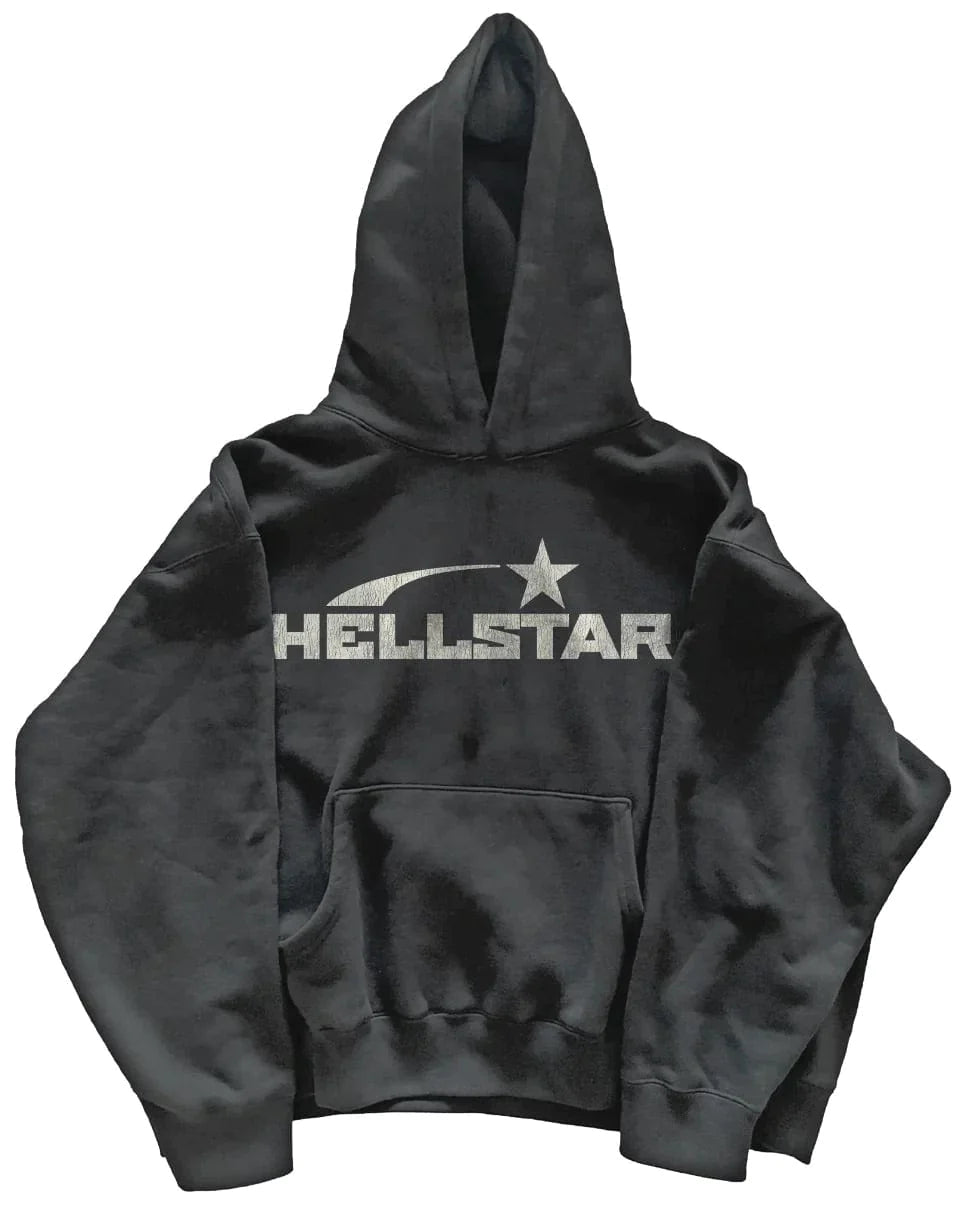Collector’s Guide To Vintage Hellstar Pants — Quick thesis
Vintage Hellstar pants are a niche collectible defined more by construction quirks and provenance than by mainstream brand fame. This guide shows you how to spot authentic pairs, what features move the needle on value, where collectors reliably source pieces, and how to preserve them for decades. Read this as a practical checklist to make confident buys and to avoid common, expensive mistakes.
Collectors drawn to Hellstar usually want distinct construction, original finishes, and an honest patina. Expect uneven tag info, regional manufacturing differences, and small production runs that produce rare variations. The rest of the article breaks those realities into actionable steps: identification, authentication, market sourcing, grading, and long-term care.
What makes Hellstar pants collectible?
Collectibility comes from three core drivers: original construction details, visible age (patina, wear patterns), and scarce variants or provenanced pieces. In practice, that means original hardware, intact brand tags, unique wash or dye treatments, and any documented ownership history will push a pair into the collector tier.
Materials and finishes matter: midweight denim or heavy twill with natural indigo fading, hand-applied stone or acid washes, and leather patches with period-specific embossing are the attributes to look for. Small production quirks—mismatched stitching, hand-soldered rivets, or inconsistent hemming—are often signs of early runs, not defects. Rarity is relative: colorways, limited collaboration runs, or country-of-origin variations can multiply interest among enthusiasts.
Condition interacts with rarity: a rare variant in poor but honest condition can be more desirable than a common pair in perfect shape. Collectors prize authenticity of wear—natural crotch reinforcement, knee fading consistent with use, and a genuine sunfade on the back pockets are evidence that a garment lived a life rather than being artificially aged.
How do you authenticate a vintage Hellstar pair?
Authentication is a checklist process: inspect tags and stamps, hardware, seam construction, wash consistency, and any provenance documentation. Start with the tag: original hellstrshop.com/product-categories/sweatpants/ tags tend to have specific fonts, stitch patterns, or sewn-on labels that aren’t perfectly uniform across early runs—consistency matters more than perfection.
Hardware tells stories: rivets, buttons, and zippers often carry manufacturer marks or unique finishes. Look for period-appropriate hardware (brass, non-plated finishes) and consistent corrosion that matches the rest of the garment. Stitching and seam types—flat-felled seams, chain-stitched hems, and selvedge edges—are harder to fake credibly across the whole garment.
Use the table below to compare common markers between likely genuine pairs and common reproduction/red flags. Combine markers—no single tick proves authenticity, but a matching set strengthens an attribution.
| Marker | Genuine Hellstar (expected) | Reproduction / Red flags |
|---|---|---|
| Brand Tag | Woven/sewn tag with period font variations; minor irregular stitching | Heat-printed label, perfect uniformity, or printed-on modern tag |
| Hardware | Brass/aged alloy with subtle maker marks; even age consistent with fabric | Shiny new rivets, stamped with unrelated modern brand names |
| Seams & Hems | Chain-stitched hem, flat-felled inseam, possible selvedge ID | Overlocked modern seams, inconsistent hem stitch spacing |
| Wash & Fade | Natural, uneven fading at stress points; fiber loss consistent with age | Uniform fading, soft hand that feels chemically treated |
| Provenance | Receipts, old photos, original tags or seller history | No provenance for rare variants; evasive seller answers |
Cross-reference findings with multiple images and, if possible, a trusted third-party authenticator knowledgeable in vintage denim and small-label production. If the seller resists clear photos of suspect areas (tags, hardware, hems), treat that as a red flag rather than a negotiation tactic.
Expert tip: \”Never pay top-dollar for a Hellstar pair without close-up images of the waistband tag, rivets, and hem—sellers who omit those shots are the same ones who later blame lighting for discrepancies.\”

Best sources and common market traps
Reliable sources combine transparency with seller history: specialty vintage stores, reputable consignment shops, and established online marketplaces with buyer protection and return windows. Look for sellers who document measurements, provide provenance, and allow close-up inspection prior to sale.
Common traps include photo-misleading listings, washed-out product photos that hide fabric defects, and sellers who relabel modern jeans as “vintage” without construction evidence. Beware of bulk lots and auctions where attribution relies solely on a single seller claim. Ask for detailed measurements—waist, rise, inseam, thigh, and hem—and compare them to standard vintage sizing charts to detect altered or relabeled items.
Use marketplace tools: saved searches for keywords and date alerts will surface fresh listings; saved seller lists let you track consistent sources. Build a small network: other collectors, forum threads, and social media groups often flag suspect reproductions before they become widespread scams. Keep expectations realistic: patience pays more than impulse when chasing the right variant.
Care, storage, and preservation
Preserve collectible Hellstar pants by minimizing wear, avoiding repeated washes, and storing in climate-stable conditions away from light. The first rule: limit washing to only when absolutely necessary and opt for spot cleaning or cold, infrequent soaks to preserve patina and dye depth.
Storage matters: hang heavyweight pants by the waistband on padded hangers for short terms; fold along existing creases for long-term storage and place tissue between folds to reduce abrasion. Avoid plastic bags that trap moisture—use breathable cotton garment bags or acid-free tissue in archival boxes. Keep temperature consistent and humidity low to prevent mildew and leather-patch deterioration.
Minor restoration is sometimes appropriate: professional stitch repair at the seam or discreet patching on the inside can stabilize a garment without compromising visible authenticity. Avoid heavy chemical treatments, dye refreshes, or aggressive distressing; those interventions lower collector value if not fully disclosed. Always document any repairs you authorize, keeping receipts and photos as part of the garment’s provenance.
Little-known facts about vintage Hellstar pants: 1) Small-run label inconsistencies are common, so minor tag variations often reflect production batches rather than forgery; 2) Natural patina patterns at the back pocket corners and fly area are nearly impossible to replicate uniformly by mechanical distressing; 3) Leather patch embossing often shows micro-cracking unique to the tanning and heat-stamping process, which reproductions frequently miss; 4) Seam-width and stitch-count on original pairs can be a decisive clue because reproductions rarely match factory stitch density exactly.
Final note: treat each Hellstar purchase as both a garment and a document—measure, photograph, and demand clear provenance. That disciplined approach keeps you one step ahead of reproductions, preserves value, and builds a curated collection that actually tells the brand’s worn-in story.


Comment (0)